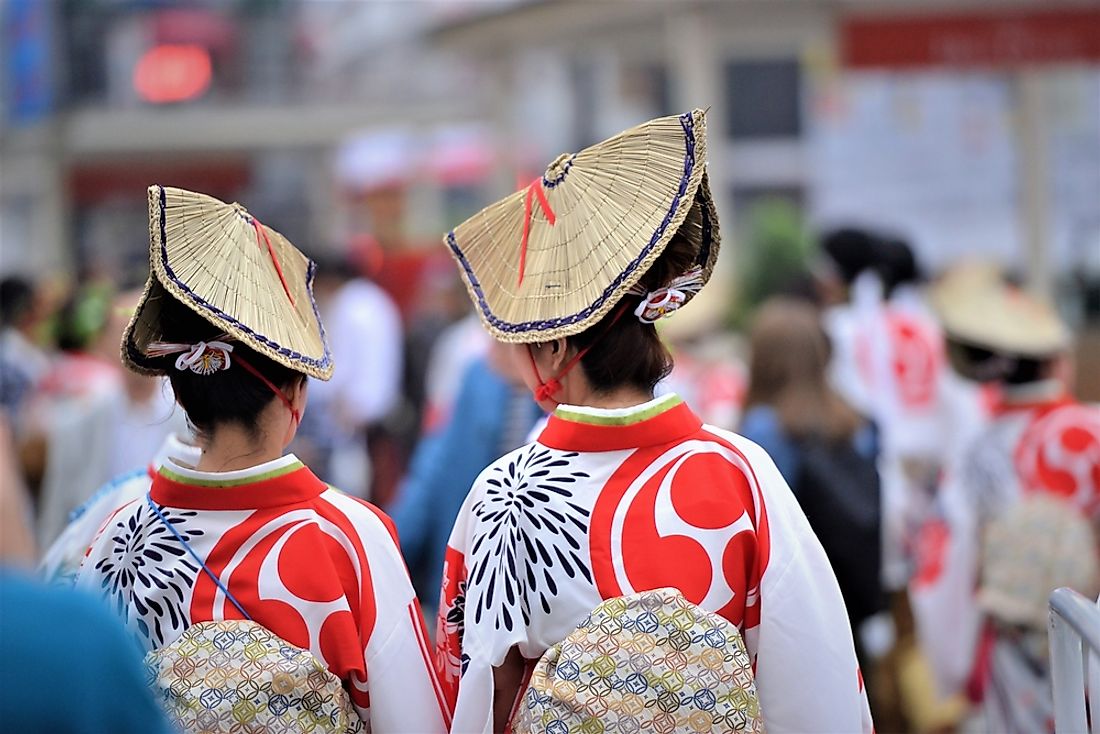Ethnic Groups And Nationalities In Japan

The Yamato Japanese are the dominant group in Japan, making up the lion's share of Japan's population. In fact, around 98% of the country's residents identify as being Yamato. However, the term Yamato Japanese did was not used until the late 1800s so that the people of mainland Japan would be distinguished from the other ethnic groups who were being incorporated into the Empire of Japan.
Ryukyuan Japanese
The Ryukyuan Japanese are indigenous to the Ryukyu Islands chain that stretches from the Japanese island of Kyushu all the way to Taiwan. Starting in 1371, the Ryukyu islands became a key trade intermediary between China and Japan. The Ryukyuan Japanese have several different recognized subgroups and their unique language makes up one of the two branches of the Japonic language family.
Chinese
The first ethnic Chinese immigrants are thought to have first come to Japan around 2,300 years ago from both China and the Korean Peninsula. Japan's first known Chinese visitor was Hui Shen, who was a Buddhist missionary who visited Japan in 499 AD, as described later in the book Liang Shu a little more than a century later. During the Sanzan period (1314-1429) in Okinawa, Chinese people were known to have migrated to the country at the invitation of the Ryukuyuan Kings to serve as royal advisers. During the Meiji period and the Taisho period (1912-26) many Chinese students came to Japan, mostly living in Tokyo, to study at universities since Japan was a cheaper and closer option them Europe or America.
Ainu
The Ainu are a group of indigenous Japanese people concentrated on the Japanese island of Hokkaido, the disputed Kuril Islands, and the Russian island of Sakhalin.
Ethnic Groups And Nationalities In Japan
| Rank | Ethnic Group or Nationality | Population in Japan Today |
|---|---|---|
| 1 | Yamato Japanese | 123,900,000 |
| 2 | Ryukyuan Japanese | 1,300,000 |
| 3 | Chinese | 650,000 |
| 4 | Korean | 525,000 |
| 5 | Latin American | 275,000 |
| 6 | Filipino | 200,000 |
| 7 | Ainu | 25,000 |











